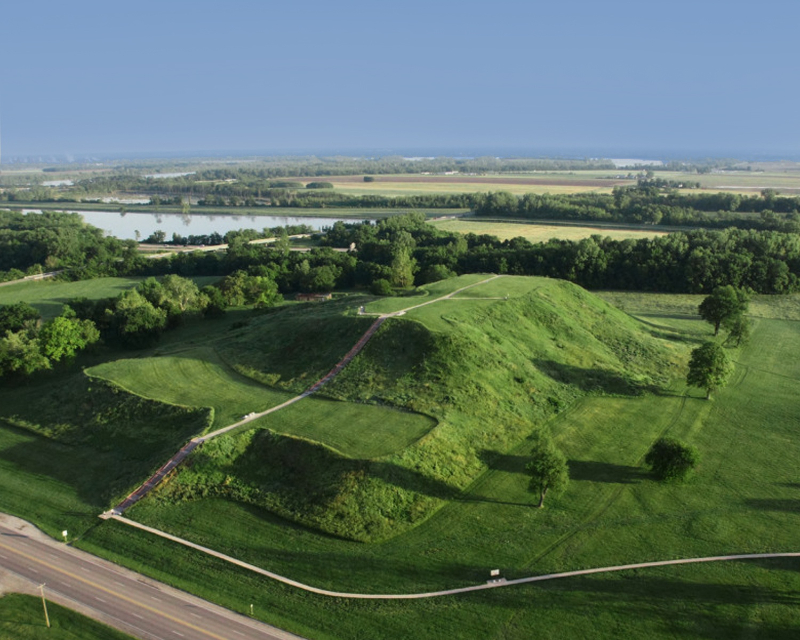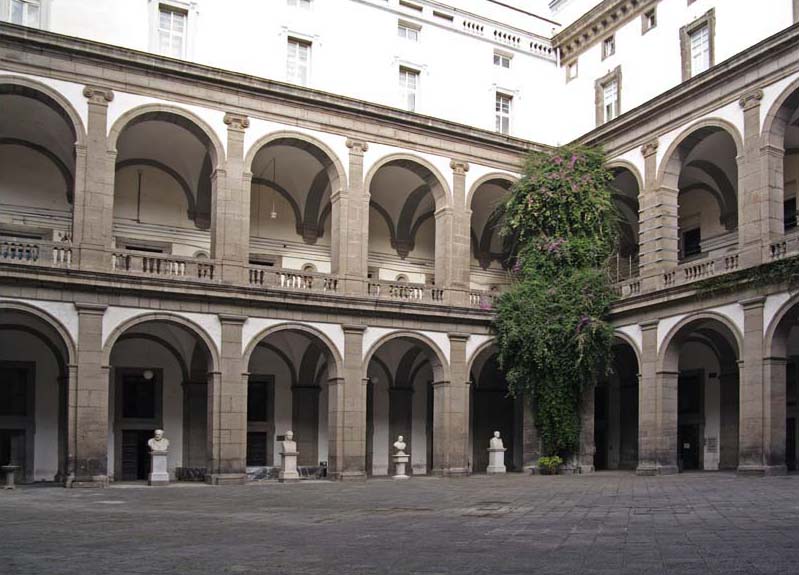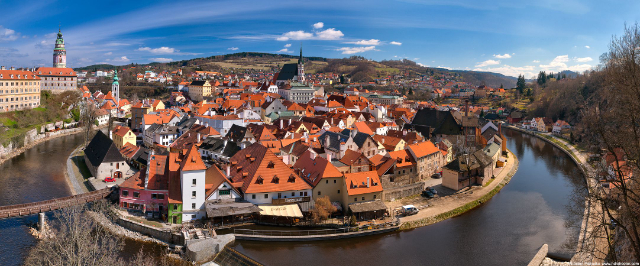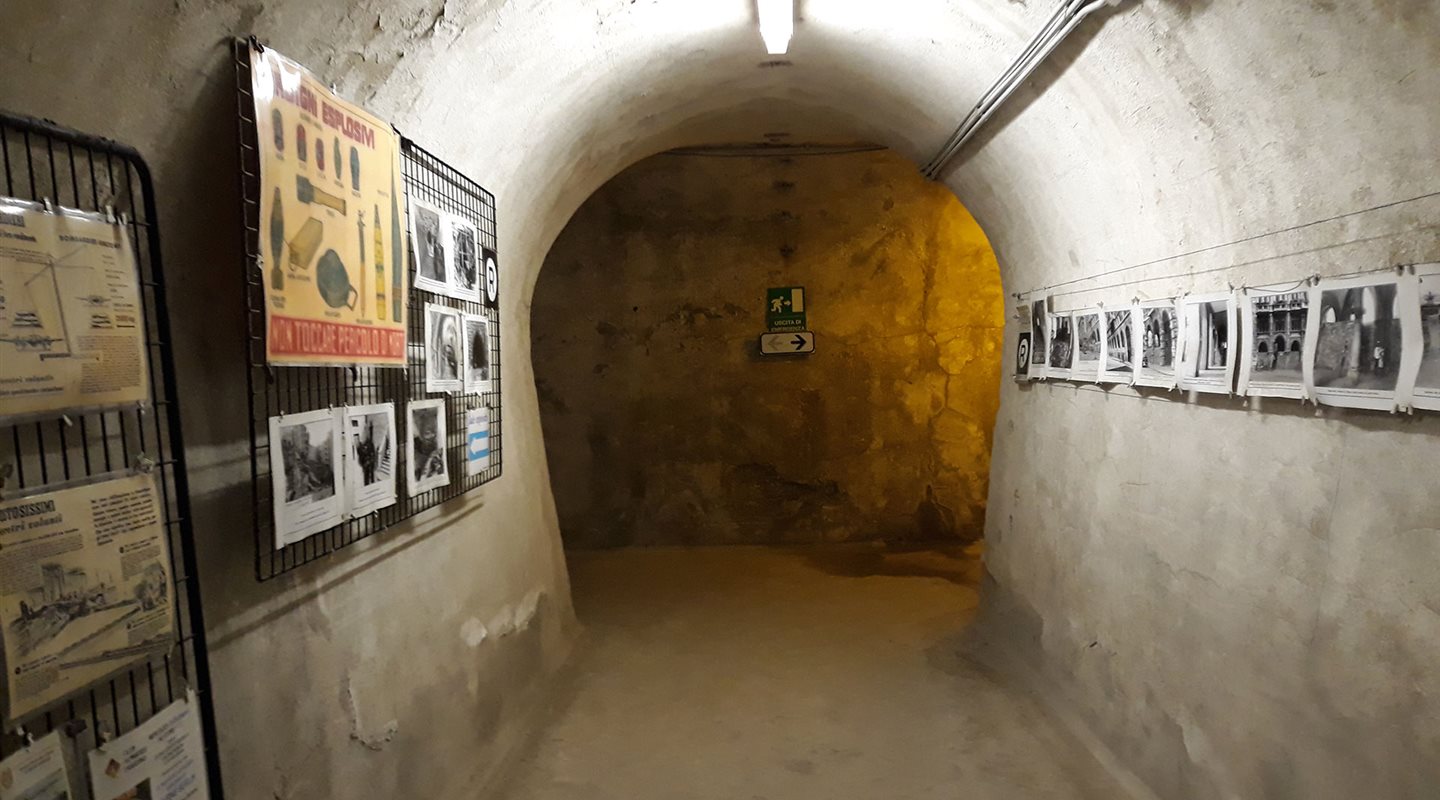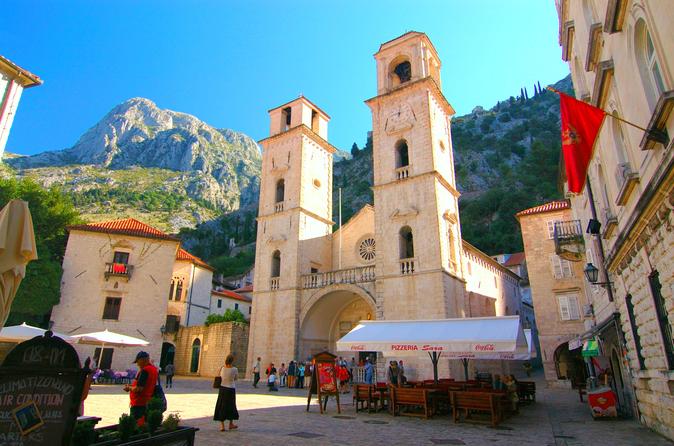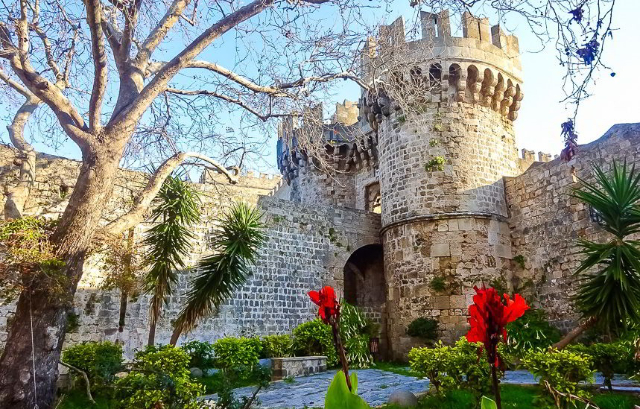Once home to the school of Pythagoras and a fertile land for grain products, Metapontum and its archaeological sites are now a destination for tourists from all over the world.
The Palatine Tables and the Temple dedicated to the goddess Hera are still the symbol of this wonderful city that Magna Graecia has left as a testimony to this day.
The temple was dedicated by the Achaeans to Hera since they were devoted to her, being the wife of Zeus. The building, built in 630 B.C., was part of an extra-urban sacred area connected to the cult of the goddess.
The Temple of Hera or Sanctuary of the Palatine Tablets is Doric in style. This style is characterized by rather squat columns topped by a capital. Such capitals have a very simple structure: they consist of an echinus and an abacus supporting an entablature.
The latter consisted of an architrave and a frieze. The frieze alternated carved or painted panels called metopes , and fluted slabs called triglyphs. Above the entablature were decorated pediments.
The Temple of the Palatine Tables is peristyle (surrounded by columns). The plan of the temple is formed by the cella (or naos) which had columns at the front (pronaos) and at the back (opisthodomos). The columns have a diameter-height ratio of 1:4 and 1:5.
The remains of the temple, with the cella equipped with an adyton in the center and preceded by a pronaos, consist of 15 columns with 20 flutes and Doric order capitals. Of the 15 columns, 10 are on the northern side and 5 on the southern.
were 32, as the temple consisted of a peristasis of 12 columns on the long sides and 6 on the short sides.
The stylobate was 34.29 meters long and 13.66 meters wide, the cella 17.79 x 8.68 meters.
The temple is very degraded, as it was built with local limestone (called mazzarro).
In the 5th century B.C. it was provided with a clay roof with polychrome decoration in the Ionian tradition, with lion protomes and gargoyles.
In fact, in the vicinity of the Palatine tables, numerous remains of the ancient terracotta decoration, statuettes, ceramics and other column pieces now on display at the National Archaeological Museum in Metapontum were found during excavations in 1926.
Metaponto is a hamlet of the municipality of Bernalda in the province of Matera and has about 1,000 inhabitants. It rises in the very plain from which it takes its name, the metapontino , between the Bradano and Basento rivers.
Metapontum was founded by Greek colonists from Achaia in the second half of the 7th century BC. , at the request of colonial reinforcement directly from the motherland, by Sybaris, to protect itself from the expansion of Taranto.
It very soon became one of the most important cities of Magna Graecia. Ancient sources report that Metapontum would have been founded by the Greek hero Nestor, returning from the Trojan War, and at that time there had been two Metapontums, one dating precisely from that time, and another Achaean, of historical age.
The economic wealth of the city came mainly from the fertility of its soil, wheat and barley crops, and was evidenced by the golden ear of corn depicted on the coins of Metapontum, which became the very symbol of the city, which it sent as a gift to the city of Delphi.
In Metapontum the philosopher and mathematician Pythagoras lived and worked until the end of his days in 490 B.C., and here he founded one of his schools.
Metapontum established an alliance with Croton and Sybaris and participated in the destruction of Siris in the 6th century BC. In 413 B.C. he helped Athens in its expedition to Sicily.
During the Battle of Heraclea in 280 BC, however, he allied himself against Rome with Pyrrhus and Tarentum.
When Rome finally won the war against Pyrrhus, Metapontum was severely punished and some Metapontine exiles found refuge in Pistoicos (Pisticci), the only city that remained loyal to Metapontum during the war.
Metapontum meanwhile underwent an upheaval of the urban fabric following the construction on the eastern side of the city of a castrum, in which a Roman garrison settled. In 207 BC it offered hospitality to Hannibal, and the Romans punished it again, destroying it. It then became a federated city, regaining its splendor around the 1st century BC. Urban expansion continued until the Roman ‘age.
In 72 – 73 B.C. the plain of Metapontum was the scene of the passage of the army of slaves and desperados led by Spartacus.
In fact, the first successes against the army of Rome allowed Spartacus to gather new support, even in the area of Lucania, Plutarch testifies to this : "many herdsmen and shepherds of the region, young and robust people, joined them" , and to act freely by sacking Metapontum.
It was in those lands that Spartacus met with the Cilician pirate Tigrane (presumably King Tigrane II ) to arrange the long-awaited embarkation from Brindisi to Cilicia, which was later failed due to the latter’s betrayal.
This coincided with the decay and gradual abandonment of this site, which was slowly covered by alluvial sediments carried by rivers.
A short distance from the modern city is the ‘archaeological area of Metapontum with its ruins among which are the famous Palatine Tables and the National Archaeological Museum of Magna Graecia in Metapontum.
Why they are called that:
The name Tavole Palatine probably comes from the area where an ancient royal palace was once located, later transformed into the temple site.
Until the 19th century, the Palatine Tables were also locally referred to as the Palatine corbels or Palatine columns, probably in remembrance of the struggles against the Saracens by the Paladins of France.
The temple was also called the School of Pythagoras, in memory of the great philosopher. In the Middle Ages it was still called mensae Imperatoris, probably in memory of Emperor Otto II who, on his expedition against the Saracens in 982, camped in Metapontum.
Unfortunately, often, due to continuous flooding of the Bradano River, which laps the area, the survival of the Palatine tables and along with the archaeological site nearby, is in danger of being obliterated.


